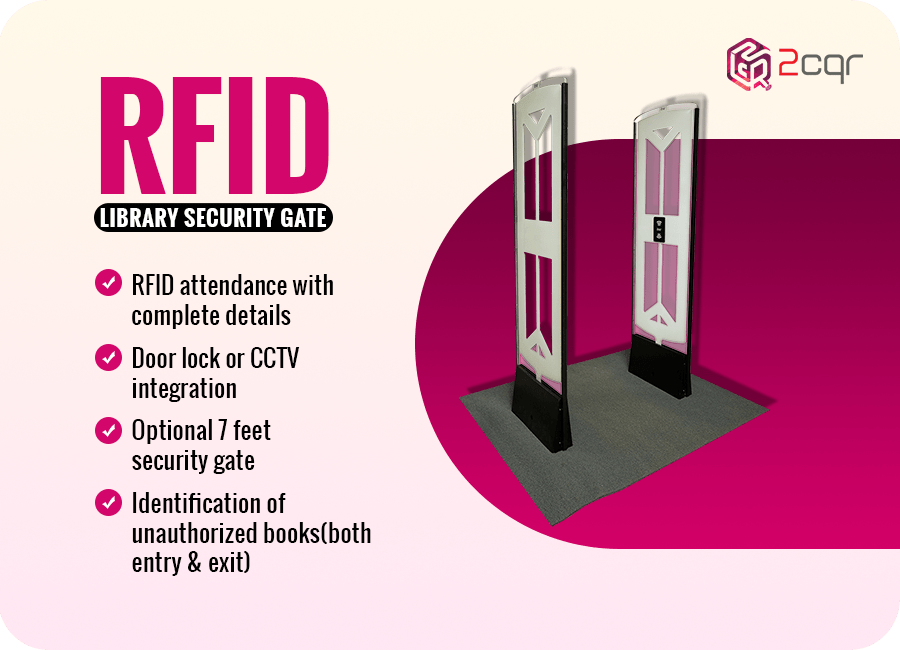
RFID solutions in libraries has revolutionised library management, making it more accurate and efficient. It’s no wonder that libraries worldwide are increasingly adopting this technology to enhance their operations. Despite its many advantages, libraries often encounter a range of challenges in their day-to-day management.
In this article, we’ll explore the top four challenges that drive libraries to embrace RFID solutions, and how this technology effectively addresses them.
1. Staff Management:
Traditional library management heavily relies on manual resources for every small activity, from inventory checks to rearranging returned books. This not only exhausts the staff, leading to decreased productivity, but also results in numerous errors that affect efficiency.
RFID solutions offer a significant relief by automating these tasks, freeing up staff time. This automation not only allows libraries to execute operations more efficiently but also provides staff with the opportunity to focus on more productive tasks, ultimately improving overall staff management.
2. Scalability:
The ability to scale up library collections and resources is a significant challenge when managed manually. It demands additional investments, not only in valuable resources but also in hiring and training additional staff to handle the increased workload.
RFID technology, on the other hand, simplifies scalability. It requires minimal effort to design RFID tags and update the database. This eliminates the need for additional resources and investments, making it an ideal solution for libraries looking to expand their collections.
3. Services Improvement:
Enhancing the frequency of patron visits and increasing subscription rates in libraries depends on the availability of information that aligns with current needs and demands. Collecting, auditing, and evaluating data periodically is crucial. Traditional methods require substantial efforts in terms of surveys, feedback, and manual data processing.
RFID-based access control systems address this challenge by efficiently collecting and managing data. This technology streamlines the process, ensuring that libraries can provide users with the information they need in a timely and relevant manner.
4. Patron Self-Service:
In today’s fast-paced world, everyone seeks swift and independent service, including in libraries. Modern library experiences call for increased patron self-service.
RFID solutions empower patrons to perform self-checkout and item returns independently. This not only reduces waiting times but also eases the burden on library staff, resulting in an enhanced overall library experience. It aligns with the expectations of modern users who prefer quick and autonomous transactions.
In conclusion, the adoption of RFID technology in libraries has significantly transformed the way they operate. Libraries that implement RFID solutions benefit from improved staff management, scalability, enhanced services, and increased patron self-service. By addressing these challenges, RFID technology is ushering in a new era of library management, making it more efficient and user-friendly than ever before.


